Member postings for Fowlers Fury
Here is a list of all the postings Fowlers Fury has made in our forums. Click on a thread name to jump to the thread.
| Thread: Spotting Drill or Centre drill. |
| 10/02/2018 00:00:12 |
Assuming there's no 'pip' left on the piece in the chuck and you are using a centre drill which either doesn't centre correctly or the tip breaks, there are several causes. One is a worn tailstock barrel. Another, peculiar to Myfords (only?), is that the hole in the back of the tailstock barrel into which that small, round dowel with its key fits, has become distorted. This can cause the barrel to "twitch" when you start drilling. Geo Thomas published a remedy in the M.E. some years ago. [I think it's also included in his Model Engineers Workshop Manual Vol 1]. |
| Thread: Accurate measurement |
| 07/02/2018 21:11:02 |
Some wisdom above ! For a beginner, a vernier is surely the more versatile device (inside, outside, between centres + depth gauge) notwithstanding its limitations as Neil points out. However, an old but cherished Moore & Wright micrometer still gives that feeling of confidence, repeatability and spurious accuracy.
|
| Thread: My first foray into clock repair |
| 01/02/2018 00:08:12 |
Re: "I have to disagree. I was present when someone asked an unbelievably stupid question. We were on a tour of the Westlands factory in Yeovil. The stupid question was 'Why doesn't the helicopter have an ejector seat?, Now that is stupid. Never seen anything on that scale online.". Point taken <><><><><> But back to the Brian's (OP) questions and follow-up answers. Inevitable I'm afraid you'll receive conflicting advice, suggest you ignore mine and follow that of those more learned in these matters. |
| 31/01/2018 15:05:25 |
Brian, "Slackening the screws and adjusting...." is to achieve that relationship between the escape wheel teeth and pallets. It could be there are parallax errors but looking at your image I reproduced, the split rod holding the suspension spring appears to be canted over to the left i.e. anticlockwise. That is causing the spring to be bent very slightly as it emerges. Instead, the suspension spring should be perfectly straight. |
| 31/01/2018 11:03:33 |
Russell ~ your pic reminds me of the mangled crutch on an old English longcase I restored. The badly bent brass was so brittle it fractured Brian ~ looking in your 'album' I now see there's an image of the pendulum support. Revised thinking is that you first try slackening those 2 screws and adjusting the plate before trying to modify the crutch or disturbing the collet. Edited By Fowlers Fury on 31/01/2018 11:06:28 |
| 30/01/2018 22:37:42 |
EDIT: Your reply appeared just as I posted this ! I wouldn't attempt to disturb the collet. Roy is correct, but if you're not clear on what he means this might help:- The crutch is that piece which those index fingers are pressing ! Although fitting new taper pins is worthwhile you may find the female tapers are far from good in an old clock and new pins may not seat firmly. (That's why I wrote "the taper pins need to go back in their original holes"
Edited By Fowlers Fury on 30/01/2018 22:39:51 |
| Thread: Steam powered Landrover |
| 30/01/2018 15:44:07 |
Was posted on here a week ago:- "Defender Works V8 is the most powerful and fastest version that Land Rover has ever created.It will accelerate from 0-60mph in 5.6 second, while top speed is increased to 106mph." 106 in a Defender?
|
| Thread: Honing gunmetal cylinders |
| 26/01/2018 17:22:22 |
"There is a clue in the title of the thread Put it down to senility.......... |
| 26/01/2018 10:03:39 |
Some useful advice offered for the OP (Bob) but he didn't tell us what his cylinders were made of, or the piston rings he intends to use (polymeric? PB? CI? stainless?). If his bores are GM, then my opinion remains that honing with such devices may do more harm than good in inexperienced hands (e.g.easy to bellmouth and/or taper, embed particles from hone etc).
|
| 24/01/2018 20:06:01 |
Bob.,
|
| Thread: The Future for JLR? |
| 24/01/2018 15:43:53 |
| Thread: Newton Tesla Electric Drives |
| 18/01/2018 16:55:08 |
3ph motor: less noise - yes, much smoother & little or no vibration - yes, need to keep changing belt for torque - yes. Since installing both (Transwave + multi-link belt), no more of those annoying surface striations when turning with saddle under self-act. Now a quiet and smooth running S7.
|
| Thread: Ferric Chloride Disposal |
| 13/01/2018 16:31:38 |
Simon, It's very easy - put "ferric chloride disposal" into Google and you'll find many methods of treating the solution in order to dispose of it safely (as well as warnings about unsafe disposal). |
| Thread: valve events |
| 10/01/2018 16:28:36 |
"Been making a revised set for one of the outside cylinders today still over size at the moment just wondering if I should make them mor of a snug fit welcom you advice" Robin ~ Are you referring above to making piston valve rings or piston rings? Julian has made reference to "Roger Froud's" approach. I have watched and read the 13 pages of postings on piston rings over the 12+ years:- If you do go for complete rebuilding of the piston valves, it might be worth considering the advantages of the design published by the respected Geo Thomas. This greatly facilitates adjusting the valves in situ and the construction is quite straightforward. (Model Engineer, 16 May 1975, page 503).
|
| 09/01/2018 16:50:57 |
“the valves are ptfe on gun metal bobins which i have copied on the advice of a well respected model engineer from the club but made a questionable better fit this engine is a known good runner but needs some tlc” 'have hesitated some while b4 posting, not wishing to bring down opprobrium from the experts and anyway it will contribute nothing directly to your plea for help in checking the valve timing. Ah well, flak jacket on………. I’d now advise anyone with CI cylinder castings not to use PTFE for piston valve “rings”. The misfortune of my having GM castings precluded CI rings/bobbins and the significant thermal expansion of even the mica-filled PTFE rings caused major problems. If they are turned to give a sliding fit at room temp, they will tighten up markedly at steam temps and can creep laterally. A recommended remedy is to turn them to a sliding fit at expected (?) steam temp by appropriating the domestic oven when SWMBO is out for the day. Consequence of so doing is that they won’t seal effectively at room temp. You then (probably) can’t run the new build on air and the loco’s performance with steam is atrocious until thoroughly hot. Altogether an imprecise solution and not just my experience, notables such as Doug Hewson report similarly. A solution for the main cylinder piston rings has been published by Artisan on David Carpenter’s website (http://modelengineeringwebsite.com/) necessitating some complex calculations and machining. With the author’s help, I’ve remade the piston rings and will attempt the same for the valve rings, using PEEK CA30 instead of loaded PTFE. Though there are undeniably many builders who are very happy with PTFE & PTFE/composite rings, there are some salutary statements about the materials use in DuPont’s booklet “Filled Compounds of PTFE” especially concerning wear rates, abrasion of the contact surface and lubrication. |
| Thread: 'Free-Wheeling' a Steam Loco? |
| 29/12/2017 22:06:04 |
"....one of the two 2-8-0 locos which had only just been repatriated from Turkey." Did it perhaps originate from the (quote) "Çamlık outdoor museum was inaugurated in 1991 just as steam was phased out from Turkey. It has one of the largest steam engines collection in Europe, most them joining the museum shortly after being retired from service." ? 'was lucky enough to visit there several years ago, a marvelous collection of non-working steam locos built around the world for running on Turkey's metals. The website doesn't really do it justice but maybe worth a look:- http://www.trainsofturkey.com/pmwiki.php/RailwayMuseums/CamlikMuseum
|
| 29/12/2017 17:26:34 |
"Typically I can't find any photographic examples at present but I'm sure someone here will support or refute this." Herewith image of LMS 6399 about to be towed from Derby to Crewe Wrks in March 1935 for conversion - devoid of coupling and connecting rods....added edit > "at least from the outside cylinders !" Edited By Fowlers Fury on 29/12/2017 17:29:58 |
| Thread: Drawer Liners |
| 18/12/2017 23:51:51 |
It's been so cold in the double garage/workshop I decided to insulate the steel roller doors to conserve heat. There was enough of the insulation left over to line several drawers.
|
| Thread: Best Parting off tool |
| 08/12/2017 22:17:54 |
> Chris T anhd Jon, Many thanks for your comments. "Looks rather rounded even though unused." |
| 06/12/2017 22:03:47 |
With your +ve comments about the "Greenwood" tips, do you both also use the standard holder? (The one shown unused in my image above). I'd be grateful for some guidance then because even though I carefully align the vertical "tip holding plate" parallel with the chuck body, it apparently flexes enough to end up with a distinctly dished cut-off piece. There's no discernable sideways movement in the top slide and the saddle is always clamped hard to the bed.
|
Want the latest issue of Model Engineer or Model Engineers' Workshop? Use our magazine locator links to find your nearest stockist!
Sign up to our newsletter and get a free digital issue.
You can unsubscribe at anytime. View our privacy policy at www.mortons.co.uk/privacy
- *Oct 2023: FORUM MIGRATION TIMELINE*
05/10/2023 07:57:11 - Making ER11 collet chuck
05/10/2023 07:56:24 - What did you do today? 2023
05/10/2023 07:25:01 - Orrery
05/10/2023 06:00:41 - Wera hand-tools
05/10/2023 05:47:07 - New member
05/10/2023 04:40:11 - Problems with external pot on at1 vfd
05/10/2023 00:06:32 - Drain plug
04/10/2023 23:36:17 - digi phase converter for 10 machines.....
04/10/2023 23:13:48 - Winter Storage Of Locomotives
04/10/2023 21:02:11 - More Latest Posts...
- View All Topics
- Reeves** - Rebuilt Royal Scot by Martin Evans
by John Broughton
£300.00 - BRITANNIA 5" GAUGE James Perrier
by Jon Seabright 1
£2,500.00 - Drill Grinder - for restoration
by Nigel Graham 2
£0.00 - WARCO WM18 MILLING MACHINE
by Alex Chudley
£1,200.00 - MYFORD SUPER 7 LATHE
by Alex Chudley
£2,000.00 - More "For Sale" Ads...
- D1-3 backplate
by Michael Horley
Price Not Specified - fixed steady for a Colchester bantam mark1 800
by George Jervis
Price Not Specified - lbsc pansy
by JACK SIDEBOTHAM
Price Not Specified - Pratt Burnerd multifit chuck key.
by Tim Riome
Price Not Specified - BANDSAW BLADE WELDER
by HUGH
Price Not Specified - More "Wanted" Ads...
Do you want to contact the Model Engineer and Model Engineers' Workshop team?
You can contact us by phone, mail or email about the magazines including becoming a contributor, submitting reader's letters or making queries about articles. You can also get in touch about this website, advertising or other general issues.
Click THIS LINK for full contact details.
For subscription issues please see THIS LINK.
Model Engineer Magazine
- Percival Marshall
- M.E. History
- LittleLEC
- M.E. Clock
ME Workshop
- An Adcock
- & Shipley
- Horizontal
- Mill
Subscribe Now
- Great savings
- Delivered to your door
Pre-order your copy!
- Delivered to your doorstep!
- Free UK delivery!
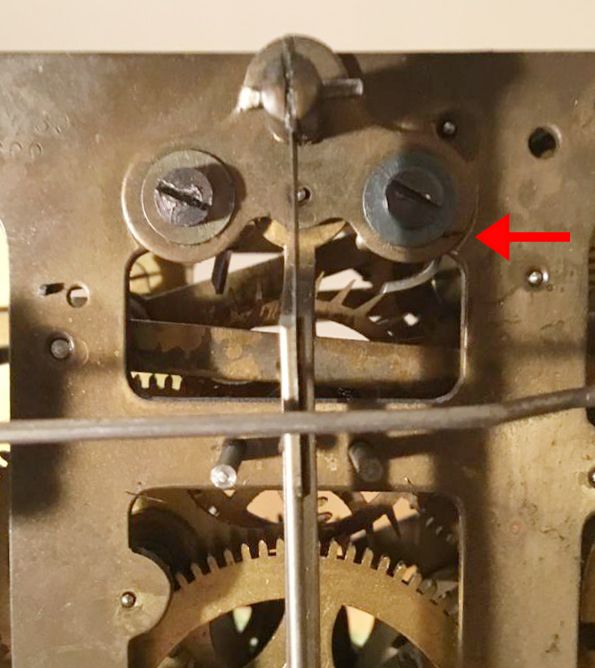
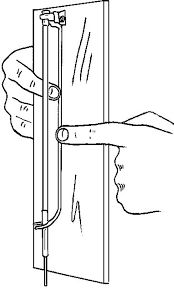
 .
.
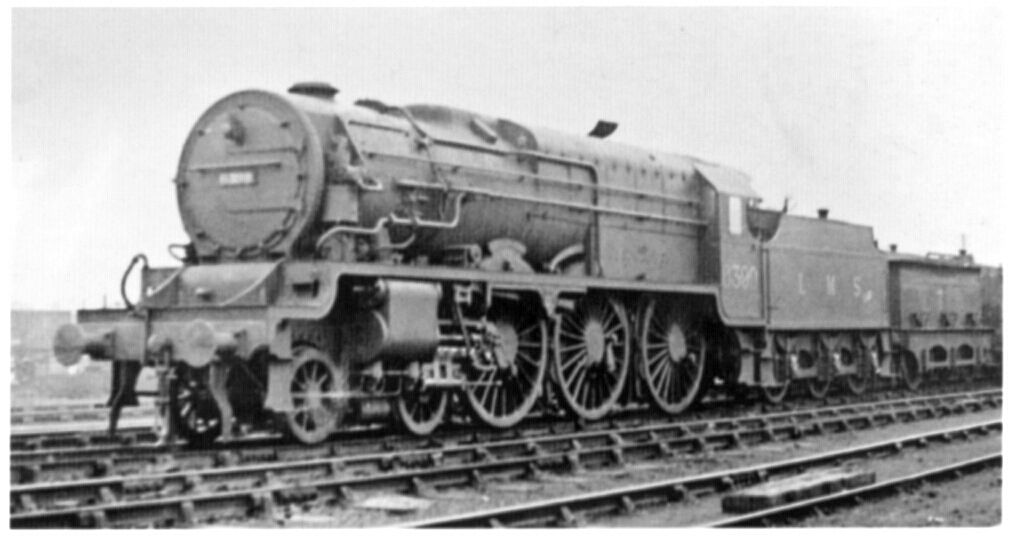
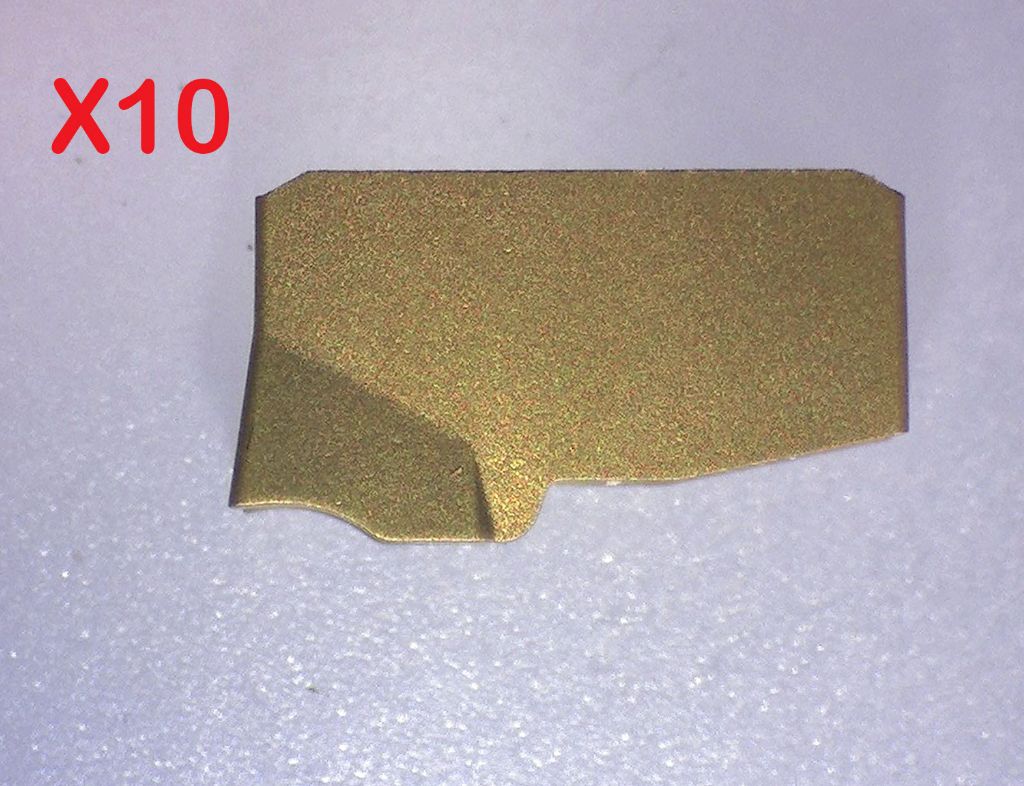
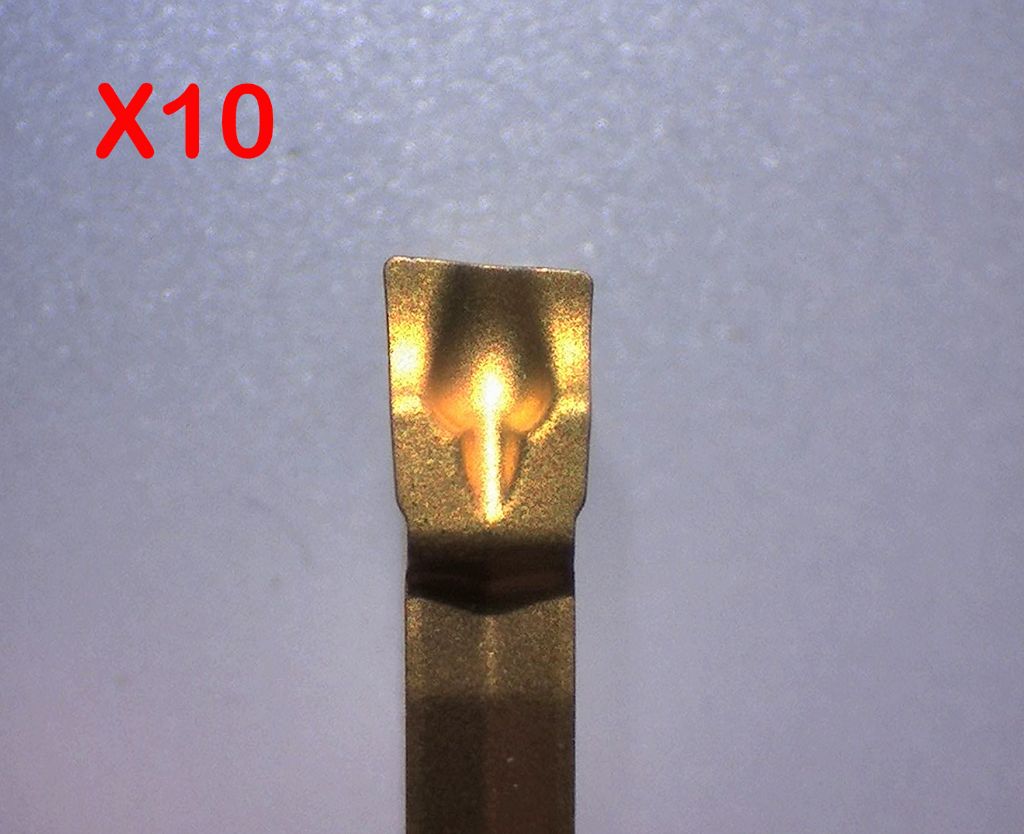









 Register
Register Log-in
Log-in


